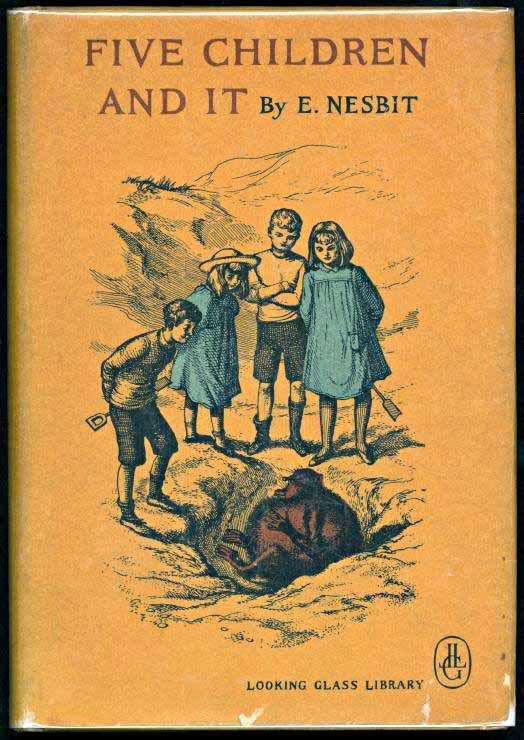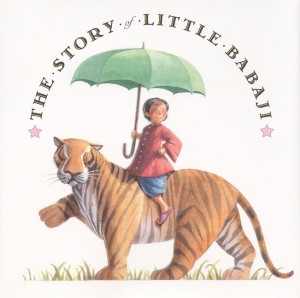Why we should read "Old" books to kids
A librarian recently told me about the purging system librarians use. "You can't expect kids today to like the books their parents liked. People always think they can read their childhood favorites to kids. It just doesn't work."
I beg to differ.
We read shelves of old-fashioned books in our house. Some are classics, some may not be, but they all hold childhood memories for me and my family. The reason I read them again is I believe these books have deep resonance for kids. These particular books stuck with me all these years for a reason. Some truth about fairness. Or friendship. Or adventure. Or silliness. When a book strikes a chord with a child, that same chord can be struck years later in the heart of another child.
We may be living in the 21st century, but stories endure. We are human.
If you've ever wondered whether you should drag out an old favorite, fearing it may be too dated, boring, racist or just plain irrelevant, read on.
Good stories connect generations One of the most beautiful things in life is sharing books you read as a child. I loved the old books my mother and grandmother read to me. They connected me to their lives and history long ago.
Modern kids will "get it" If it's a good story, children will get the story and characters, despite any antiquated wording. In fact, it's excellent vocabulary building. Why should sophisticated vocabulary and sentence structure be banished these days? Beatrix Potter used words like "soporific" in her bunny tales.
Make older books read-alouds Guide the reading experience by reading aloud. This helps with sophisticated vocabulary and gives you a chance to have an open conversation about historical context. "Back then they didn't think women were smart enough to vote."
Balance books from other perspectives Go ahead and read Peter Pan in the original. The story is classic magic and adventure, and J.M. Barrie's text is much less racist than the Disney version. Explain what's dated and deceptive about the depictions of Native Americans, and that it's a white Englishman from 100 years ago writing the story. Be sure to read plenty of books from Native American perspectives, including true stories of Squanto's kidnapping and the invasion of America. Kids can understand whose point of view a story is coming from. Balance it out, talk about it. Being able to see things from a variety of perspectives is a big step in tolerance and moral development.
Discover revised editions Some old classics are just so hideously racist that they have been redone for modern readers. Of course, some have been consigned to the dust heap (thank goodness!) but a few books endure because the underlying story is so engaging. Deeply offensive originals like Little Black Sambo (now The Story of Little Babaji) and The Story of Dr. Doolittle have renewed editions that rewrite the abhorrent parts and offer readers new pictures. The new Little Babaji book, for example, rightly sets the book in India, replaces names, and offers gorgeous watercolor illustrations (see more discussion here on Love Isn't Enough, a colorstruck blog).
Consider the museum My dad once showed me a WW II propaganda book showing Japanese people as subhuman. It was issued by the US government during his youth. By then I was in high school and understood the shock value of the book. Seeing how far we've come has its place, but save this for older readers. If you have disturbing historical items, donate them to the Jim Crow Museum. This excellent program collects and displays racist memorabilia to promote social justice and tolerance.
Focus on the main story Some of my childhood favorite picture books put mom squarely in the kitchen with an apron and dad coming home from work. Treat them as one type of family. Read stories about other types of families. The true gem of each book lies in the storyline (The Tiger Who Came to Tea is a silly book about a tiger eating all the food; kids rarely focus on who's cooking dinner).
Savor the history lesson Little House on the Prairie, The Secret Garden, The Phoenix and the Carpet, Mary Poppins - these books are from a time gone by. Enjoy the history lesson with your child.
What are your favorite childhood books? Do people read them anymore? Would you share them with a child?

